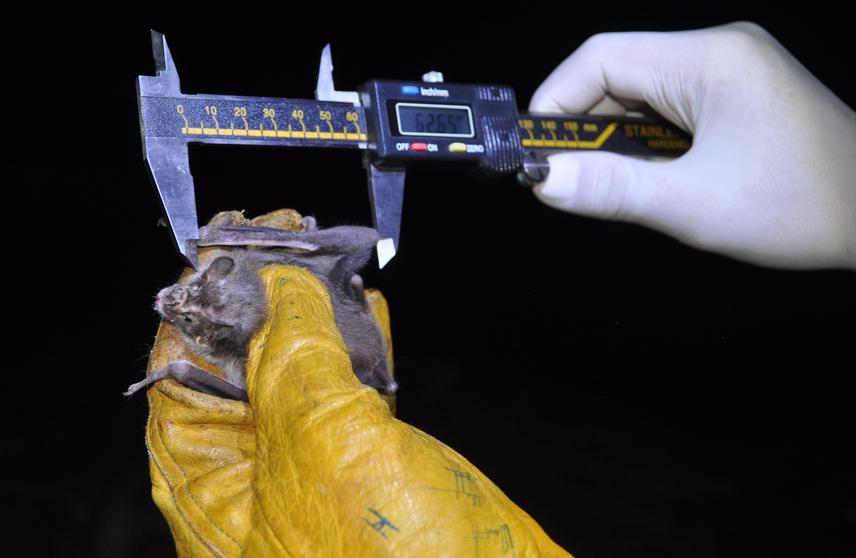Víctor Hugo Mendoza Sáenz
The present research aims to determine the local factors and landscape structure (composition and configuration), which determine the relative abundance and prevalence of attacks of the common vampire bat Desmodus rotundus (Chiroptera: Phyllostomidae) in livestock landscapes in Chiapas, Mexico. We will integrate information the effects of vampire attacks on the socioeconomic context and the conservation of biodiversity. In addition, we will carry out environmental education workshops in areas with high incidence of vampire bat attacks, as well as those areas where bat control practices are detected, and which endanger the conservation of biodiversity.

Livestock is one of the main productive activities in rural Mexico, and also represents the economic support of many families in the country. However, it is continually facing the attacks of the vampire bat Desmodus rotundus¸ which represents a risk for such activity mainly due to the potential transmission of paralytic rabies virus, among other implications for livestock (e.g. secondary infections, anemia).
Faced with this problem, many livestock farmers apply non-selective control measures, emphasizing the total fire of caves and indiscriminate poisoning of bats, which is done without prior knowledge about the diversity and ecological importance of bats, and other taxonomic groups which occupy the caves as sites of protection, reproduction or breeding. These actions have a number of implications, which directly affect the conservation of biodiversity.
It is for this reason that the need arises to improve knowledge about the prevalence of vampire bat attacks on cattle and its implications, to contribute to a better understanding of this phenomenon to propose, improve or reorient strategies aimed at reducing the prevalence of attacks on cattle, and consequently, reduce the risk of epidemiological outbreaks, and favour the conservation of bats.